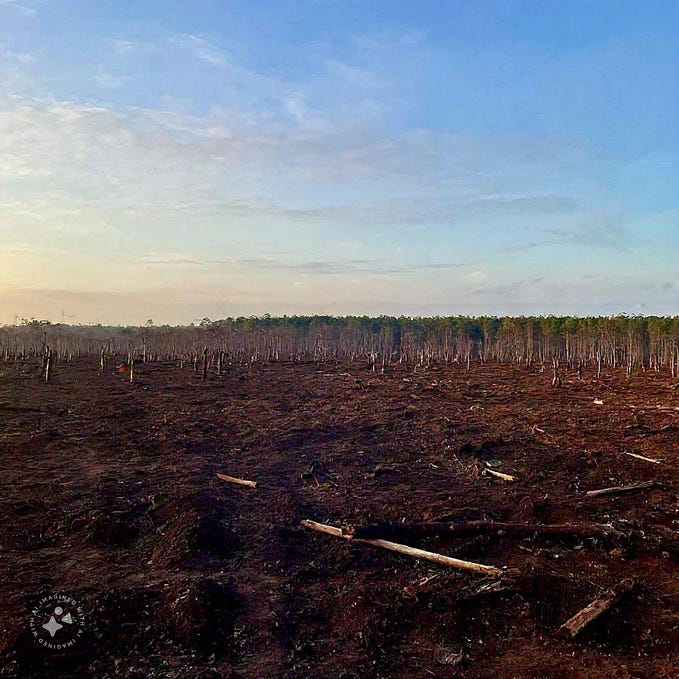Kansai International Airport

Introduction
The Kansai International Airport, covering an area of 10.7 km², is built on the second-largest man-made island in the world. Opened to the public in 1994, it is one of the most ambitious engineering projects ever. This man-made island can handle earthquakes and typhoons but is built to sink.
Requirement
In the 1960s, the Kansai region was losing trade to the Tokyo region, and hence a new airport was proposed. The original airport, Osaka International Airport, was nearing its capacity and couldn’t be expanded. It also caused noise pollution, which, in a densely populated region is bad newsin itself.

Japan has a high population density and a lot of mountainous regions, which makes it difficult to build something large and flat, such as an airport. Hence, to overcome these challenges the engineers proposed to build the Kansai International airport in the middle of Osaka Bay, 38 km southwest of Osaka Station. As of 2008, the total cost of Kansai Airport is $20 billion. This includes land reclamation, two runways, a terminal, and the facilities.
Hurdles
It is quite apparent that such an ambitious project isn’t something easy to construct. The most noticeable hurdle was the weak ground. The seabed starts at a depth of 18m from the surface and consists of Holocene clay, which is 70% water. It is so weak that divers would sink if they tried to stand on it. Add earthquakes that can shake the foundation, and typhoons that lead to waves as high as 3m to the list and you get an engineering challenge.
Construction
The first step in construction focused on stabilizing the seabed. This was done by using sand drains which drove sand into the clay sea bed where the sand absorbed the water in the clay reducing its ability to compress under heavyweight. More than 2.2 million of these sand drains were constructed to stabilize the ground.

Now before building the island, engineers had to construct a seawall to protect it from the pounding waters of Osaka Bay. Two mountains were excavated, and a total of 21 million cubic meters of material was used to construct the seawall. To keep the island from washing away, engineers used a decades-old but ingenious solution — the tetrapods.

48000 of these tetrapods were used to support the seawall. Due to their interlocking design, they shield the seawall from the waves much more effectively than the huge boulders which were used traditionally.


After stabilizing the ground and building a seawall, engineers started to fill the area. A whopping 430 million m³ of rock was used to fill the island. 10,000 workers, 10 million work hours in just 3 years were put into this project with the use of 80 ships.
After filling the area, Architect Renzo Piano was awarded the job to design the terminal building, which was required to withstand hurricane winds and earthquakes. For this job, architect Renzo Piano turned towards a nearly a century-old design created by Ernst Sagebiel.
Ernst Sagebiel designed the Tempelhof airport, Berlin which was the longest building at the time of its construction. Sagebiel used a system of steel-reinforced concrete framework, it had incredible load-bearing strength and was covered in marble to create a vast monumental space.

Six thousand miles away at the Kansai airport, engineers had taken Sagebiel’s design to a whole new level. When it opened, Kansai airport was the longest building in the world, its main atrium is nearly 40 m tall and connects to a uniquely curved wing-shaped departure hall which is 1.7 km long.
To allow the terminal to withstand earthquakes, engineers constructed it in such a way that every part of the building could move independently. With this, everything from the handrails to the floor becomes a cushion that absorbs the seismic energy.
The bigger challenge was to protect the 43000 sq ft glass atrium. For this purpose, a gasket system was used. Rubber gaskets were installed around each panel to absorb seismic energy and allow each glass panel to move individually.

Over a time of 3 years, a team of ten thousand designers, engineers, and workers worked together to construct the terminal, and not long after completion, it faced its first challenge. One month after opening, the airport was hit by a typhoon, and as if that was not enough, four months later, Japan was struck by the Kobe earthquake. The earthquake damaged over 150,000 buildings but Kansai Airport stood strong and not a single glass pane broke.
A Sinking Airport
Even after all the measures taken by the designers and engineers, it was just impossible to completely stabilize the seabed. It was certain that the massive weight of two excavated mountains, rock, and new buildings put over a clay seabed would make the island sink under its weight. Engineers expected this, but their estimates proved to be optimistic.
Over the years, runways, taxiways, and structures were raised several times by about 20 cm. The buildings were constructed with the ability to raise them on their foundations. Despite the sinking, the project was a success and a second runway was built between 2003 and 2007.
Moreover, the sink rate fell from 50 cm per year during 1994 to 7 cm per year in 2008. In early 2019 it was announced that the first major work on the airport would take place, raising the seawall and runways in increments of 10 cm up to a full meter.

Ending Thoughts
Kansai Airport was a watershed moment for the construction of these types of islands and a solution for cities that could only expand on water. Nowadays, Japan has a number of floating airports such as Nagoya Centrair, Kobe Airport, and Kitakyushu Airport. But still, a few questions remain unanswered, whether it will remain economically viable to keep raising these islands. How will climate change affect these floating islands? Only time will tell.
Author: Prabhjot Singh
Sources
- https://en.wikipedia.org/wiki/Kansai_International_Airport
- https://www.youtube.com/watch?v=51gh5q0cJzE&list=WL&index=5&t=291s&ab_channel=RedArrows
- https://www.youtube.com/watch?v=f6e-Wv9Pg9Q&list=WL&index=6&ab_channel=SebastiaanvandenBrink
- https://ascelibrary.org/doi/full/10.1061/%28ASCE%29GT.1943-5606.0001224






